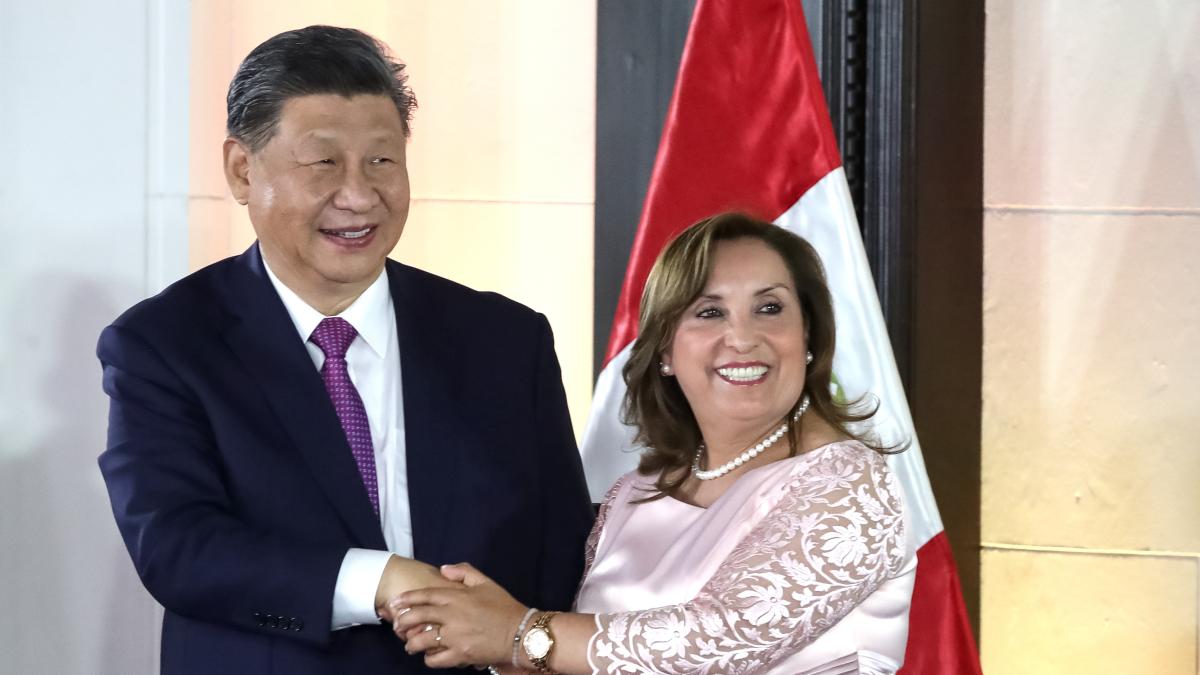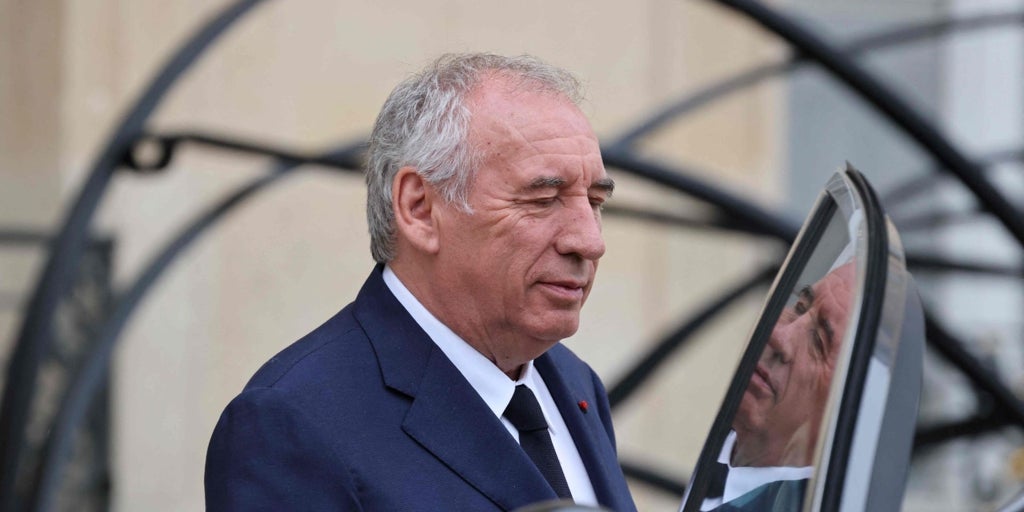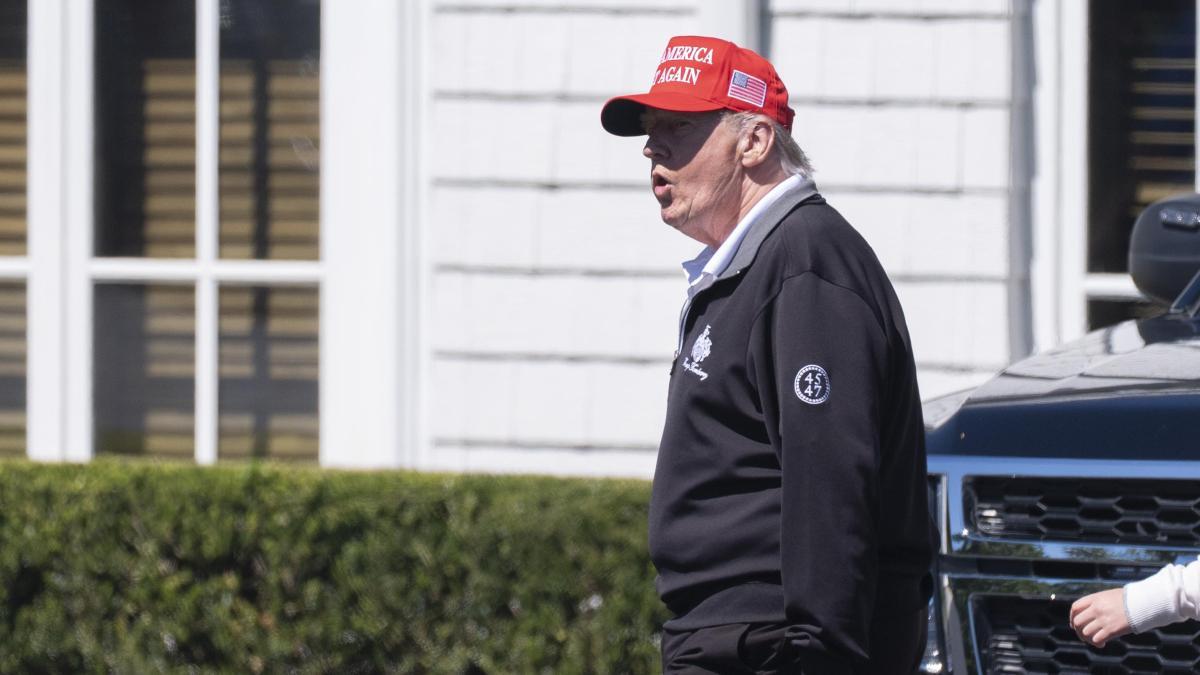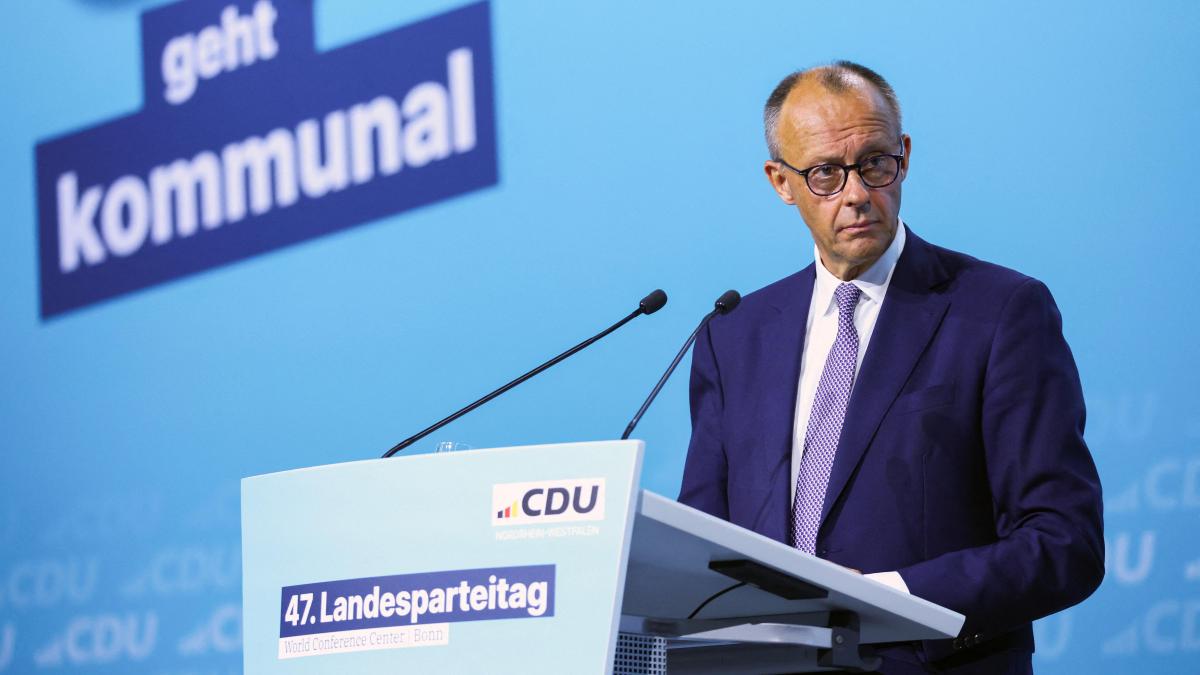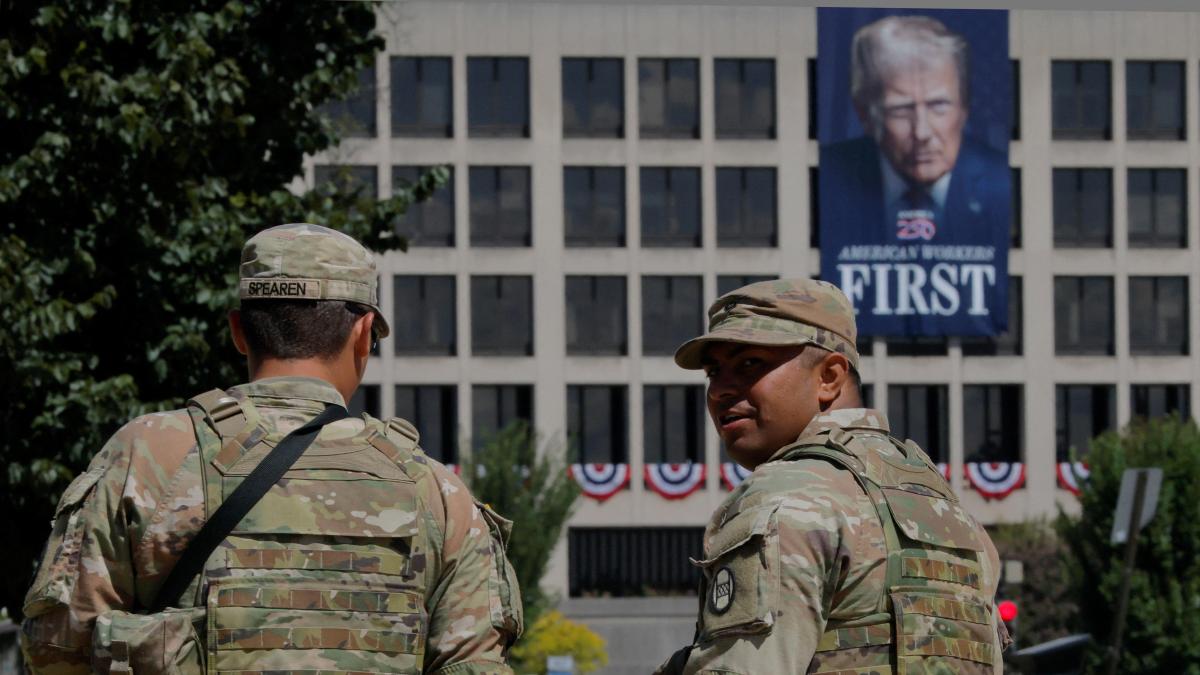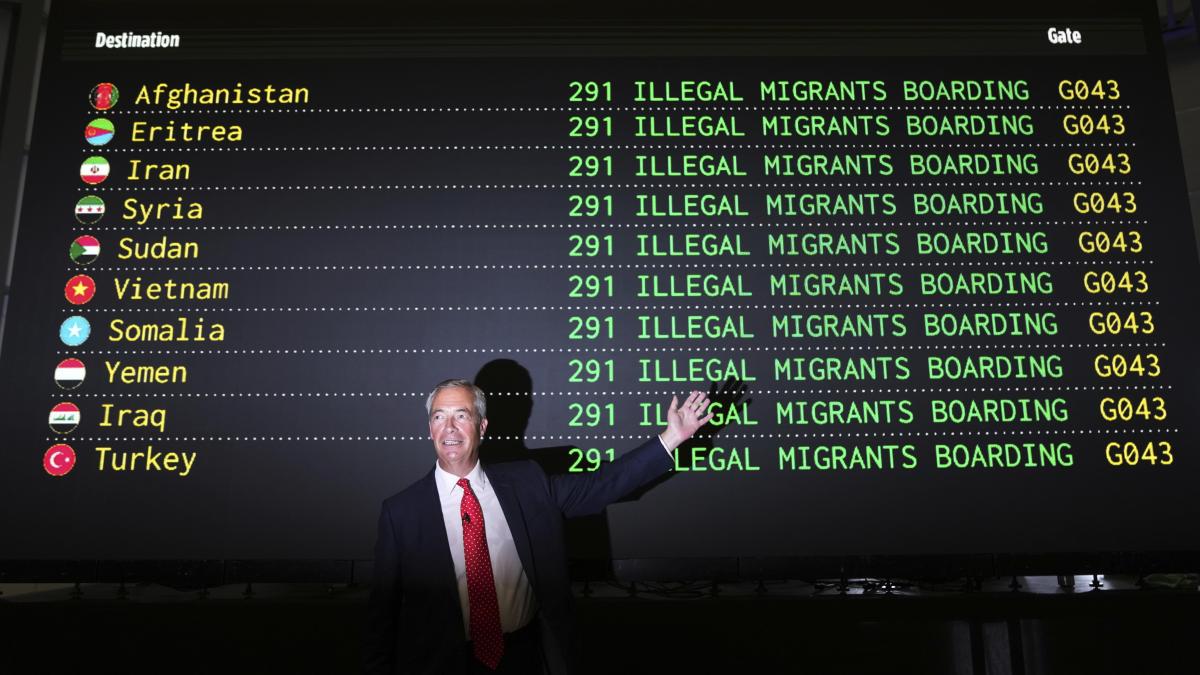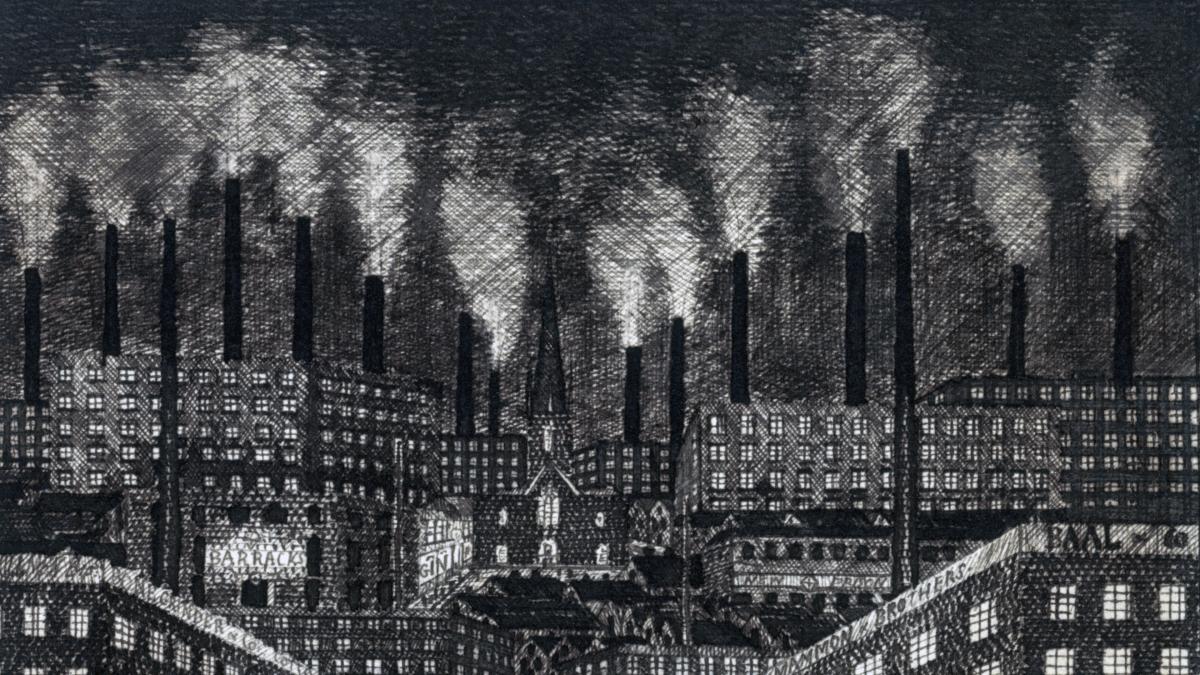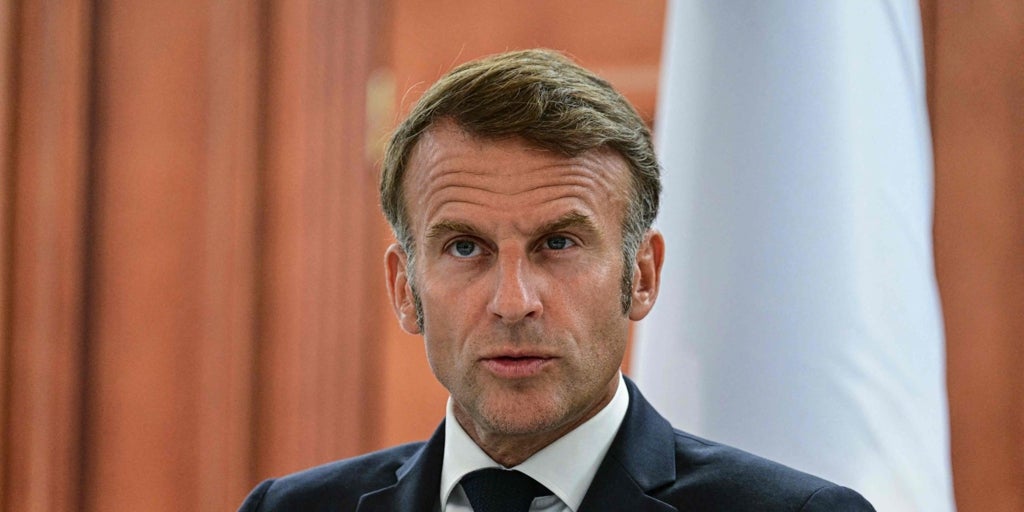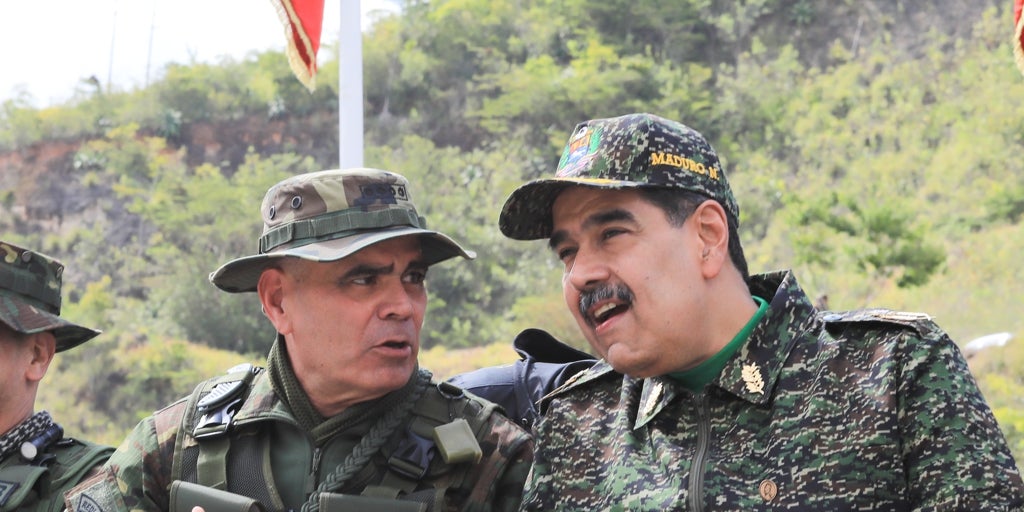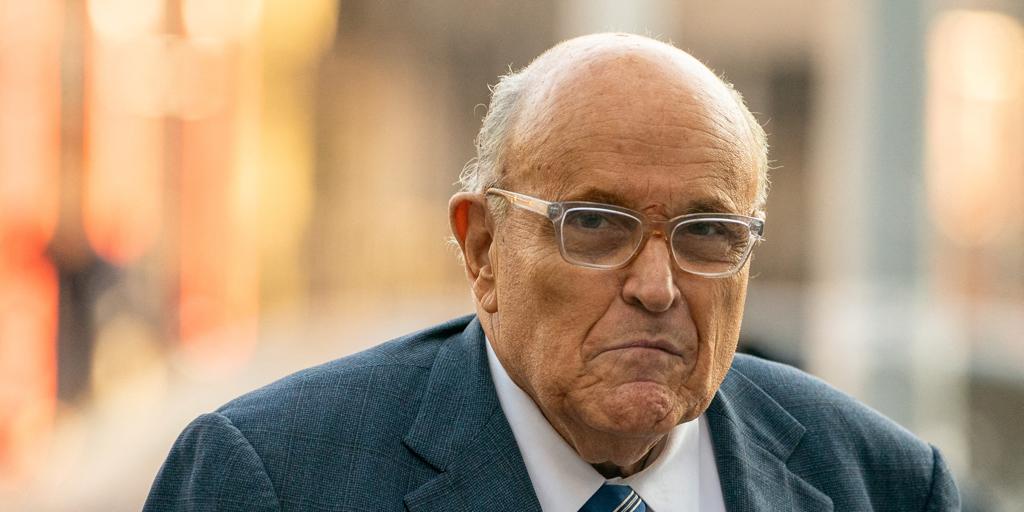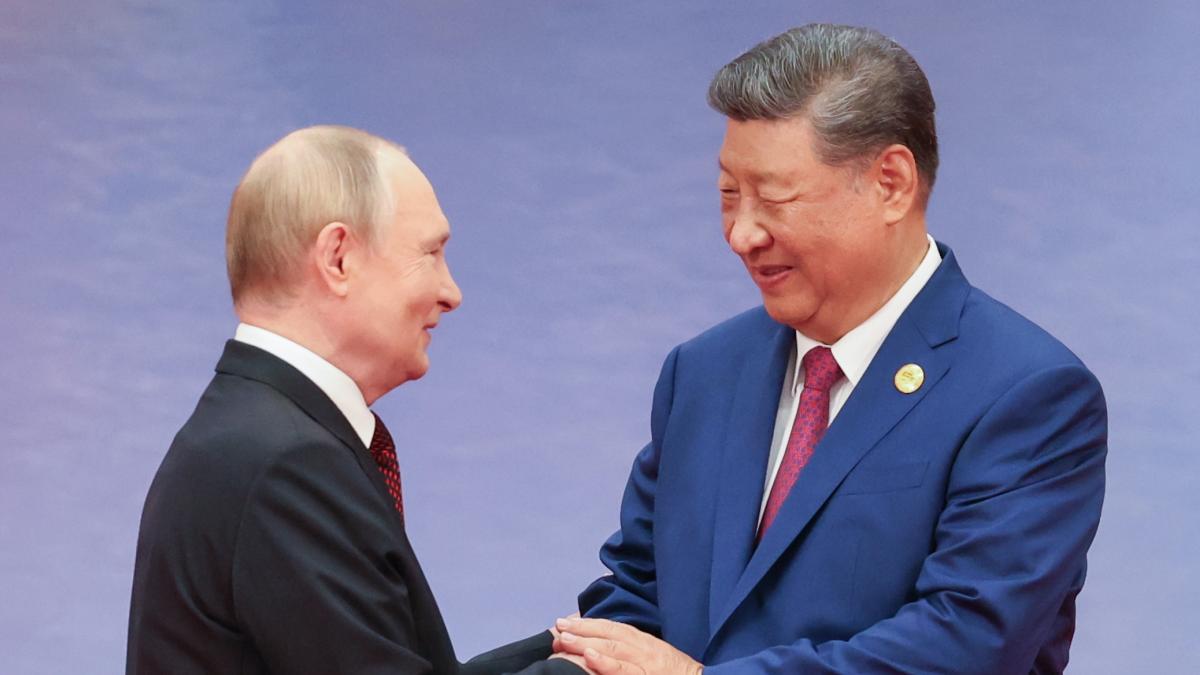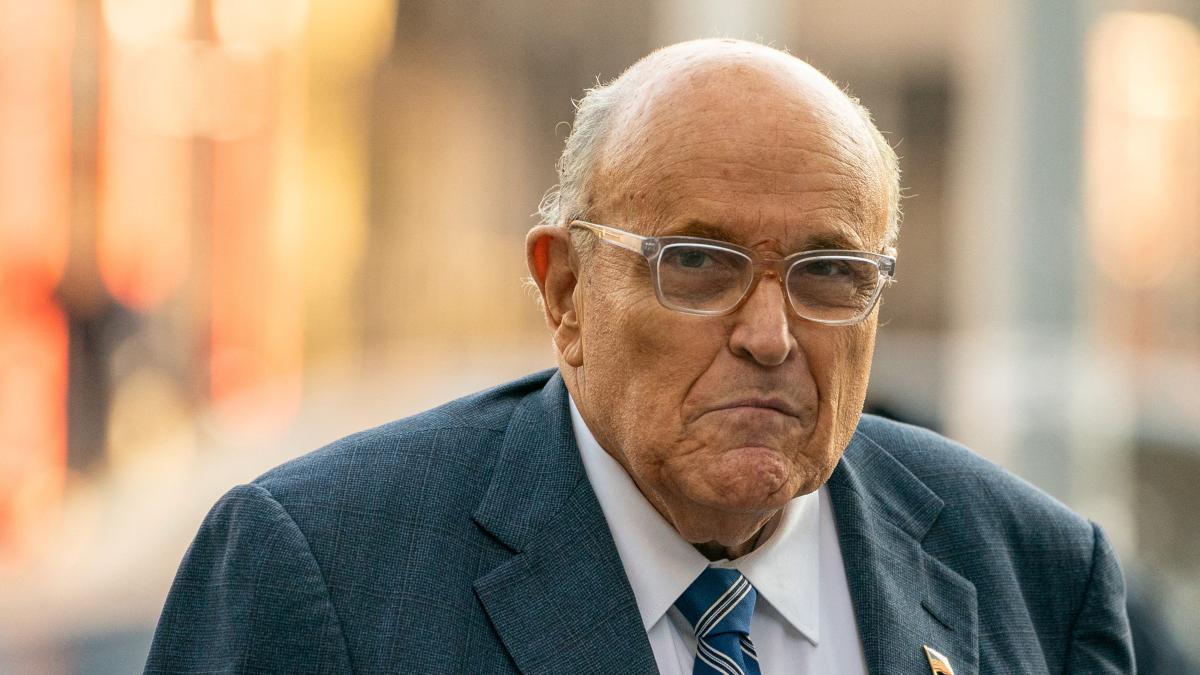After a discreet stopover in Gran Canaria, Xi Jinping landed in Latin America on Thursday, for the fifth time since he became president of China. In his first visit since the pandemic, on the occasion of the Asia-Pacific Economic Cooperation (APEC) Forum, Xi was ecstatic about the inauguration of a key piece of the New Silk Roads. The Peruvian port of Chancay, built by China.
According to the Peruvian correspondent in Beijing, Patricia Castro, Chancay is translated in Chinese with the ideograms for “money” and “victory.” An emblematic triumph for the infrastructure project pampered by Xi, although in this case it is something centuries old. Not in vain, the Andean silver that left the port of Callao, towards Acapulco, until reaching the Philippines – with the Manila galleon – often ended up in China. Until well into the 19th century, it was the most desired and treasured currency in China. all of Asia were the reals of eight.
But it seems that none of that came to light in the speeches at the remote inauguration of Chancay, delivered by Xi Jinping and his Peruvian counterpart, Dina Boluarte, more focused on eastern admirals and the land routes of the Incas.
However, El Callao – Lima’s unofficial port – remains where it was almost five centuries ago, centralizing 80% of Peruvian maritime exports. Although it is expected to lose 30% of merchandise volume, precisely due to competition from Chancay, 78 kilometers to the north, whose creation is due to the saturation of the former.
Although trade between both shores of the Pacific Ocean is almost five hundred years old, it is true that Chancay represents a leap in scale for South America. It also cuts the duration of the voyage by almost half, which was 45 days. The explanation lies in automation and, above all, that it is the only port in the South American Pacific capable of receiving the largest cargo ships, due to its draft and the configuration of its docks. Until now, smaller vessels had to unload in Mexico or Alta California.
The cordiality between Xi and Boluarte should not be surprising. Since the middle of the last decade, China has been Peru’s first trading partner, a country that hopes to add almost 1% annually to its GDP when Chancay is at full capacity (it still has several phases left). The first Peruvian export, next week, will be fruit. But Peruvian copper appears higher on the Chinese purchase list, as does Chilean copper and, even more so, Bolivian, Argentine and also Chilean lithium.
Virtual inauguration of the port of Chancay by the two leaders, from the Government Palace of Lima, this Thursday.
In the case of an investment of more than 3 billion euros, it is inevitable that there will be suspicions of bribery. The president herself has found it difficult to explain the origin of several Rolexes. Cosco, a Chinese state shipping company, controls 60% of the port, financed mainly by China, compared to 40% of the Peruvian mining company Volcán. There are those who question its exclusive exploitation – for 30 years – of a key infrastructure.
In a low voice, it is also said that, for cultural reasons, the Chinese have made many mistakes, “even though they know Latin America better than we Latin Americans know China.”
In any case, the United States views Chinese penetration into what, according to the Monroe Doctrine, should be its backyard with suspicion. In that case, you can remember what the president of Indonesia responded to the American ambassador. every time he complained about the Chinese high-speed train project between Jakarta and Bandung: “We are looking forward to knowing what your alternative proposal is.”
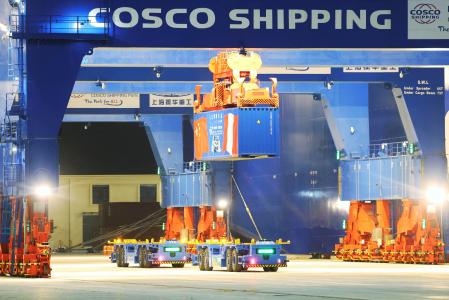
The Chinese state shipping company COSCO will manage the infrastructure exclusively, which has raised eyebrows
Needless to say, US President Joe Biden has not been received this week in Lima with the same expectation as his Chinese counterpart. It is true that the first is in injury time, but even so it is a true paradigm shift.
On the other hand, there is no need to be fooled about the new Silk Roads. None of them lead to Rome. They all lead to Beijing. Although in the case of Western Europe, China’s seduction capacity has proven limited – with the exception of Portugal – or the US’s deterrence capacity has been decisive.
The panorama in America is very different. There are already 22 countries that have embraced the transport, energy and communications infrastructure macro project launched by Xi Jinping in 2013. Its reason for being obeys the Chinese saying: If you want to get rich, you will have to build the road first.
But the list of Latin American partners is not entirely predictable. Thus, for example, neither under the leftist López Obrador nor under his successor, Sheinbaum Pardo, has Mexico shown any interest in a project that could unleash the wrath of its great neighbor to the north. It has been better for them to attract Chinese industrial investments, often destined for export to the US and Canada, countries with which they have a free trade agreement.
The same exercise of realism – and management of susceptibilities – has until now kept Lula da Silva’s Brazil out of the project. Despite the fact that her successor in the last decade, Dilma Rousseff, is the current president of the BRICS group bank in Shanghai. Rousseff, by the way, has thanked Chinese companies for their role “in the reindustrialization of Brazil.”
Many took it for granted, in China itself, that the 50th anniversary of the establishment of relations or the recent BRICS summit in Kazan, Russia, would serve to announce Brazil’s incorporation into the Silk Roads. This has not been the case, due to lack of incentives, according to Celso Amorim, former head of Brazilian diplomacy and advisor to Lula.
So the latter will be the host, next week in Rio de Janeiro, of the G-20 summit – the next Latin stop, for both Joe Biden and Xi Jinping – without that plus or without that mortgage. Although according to gossip, both he and his Colombian counterpart, the no less patient Gustavo Petro, would be waiting for a better moment to extract concessions from China, with Donald Trump already in the White House.
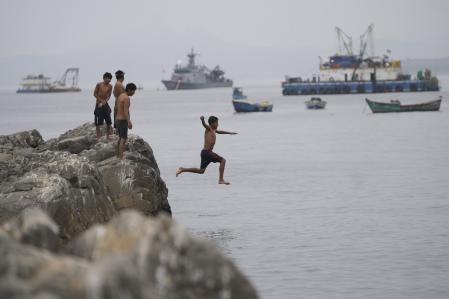
The fishing communities of Chancay have been harmed and have had to go fishing further and further away, given the constant expansion of the new port
A similar calculation, although with the opposite result, could be that of Javier Milei, who, surprisingly, has not yet removed Argentina from the Silk Roads (although he canceled his entry into the BRICS). Colombia is, in fact, the only piece missing from the Route, between Nicaragua and Patagonia. With some eccentric countries surprisingly inside – such as El Salvador and the Dominican Republic – and others predictably outside, such as Paraguay, which does not recognize the People’s Republic of China but the Republic of China (Taiwan).
Meanwhile, it is not surprising that countries at odds with Washington, such as Cuba, Venezuela and Nicaragua, are active in the Silk Roads, although they have little or nothing to show thanks to it. This is not the case of Ecuador – where the Manta airport was rebuilt – and other countries. In Chile, for example, the conservative Sebastián Piñera was as supportive of the initiative as his later social democratic successor, Gabriel Boric. Piñera was, in fact, the only Latin American president at one of the summits for this purpose, in Beijing.
Contributing to this is the fact that Chile – like Brazil – registers a trade surplus with China. The Brazilians, in addition to iron and oil, export a fortune in soybeans and beef to Beijing, like the Argentines. And they do not forget that the port of Chancay – still diminished by poor land infrastructure – is just one of the poles of a corridor that is intended to be bi-oceanic, linking the Atlantic with the Pacific. Although to do this, you will first have to ask permission from the Andes mountain range and the Amazon basin.

